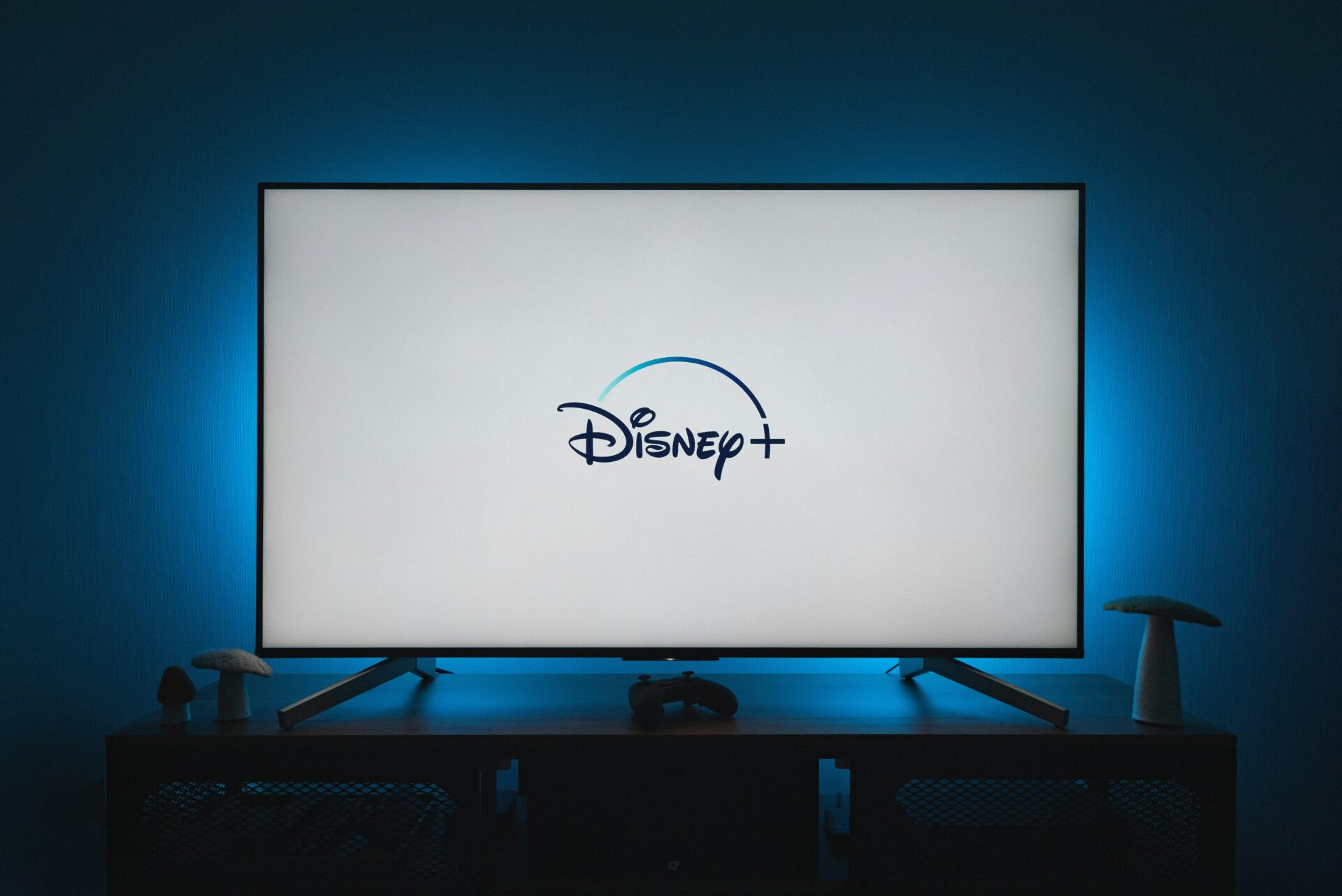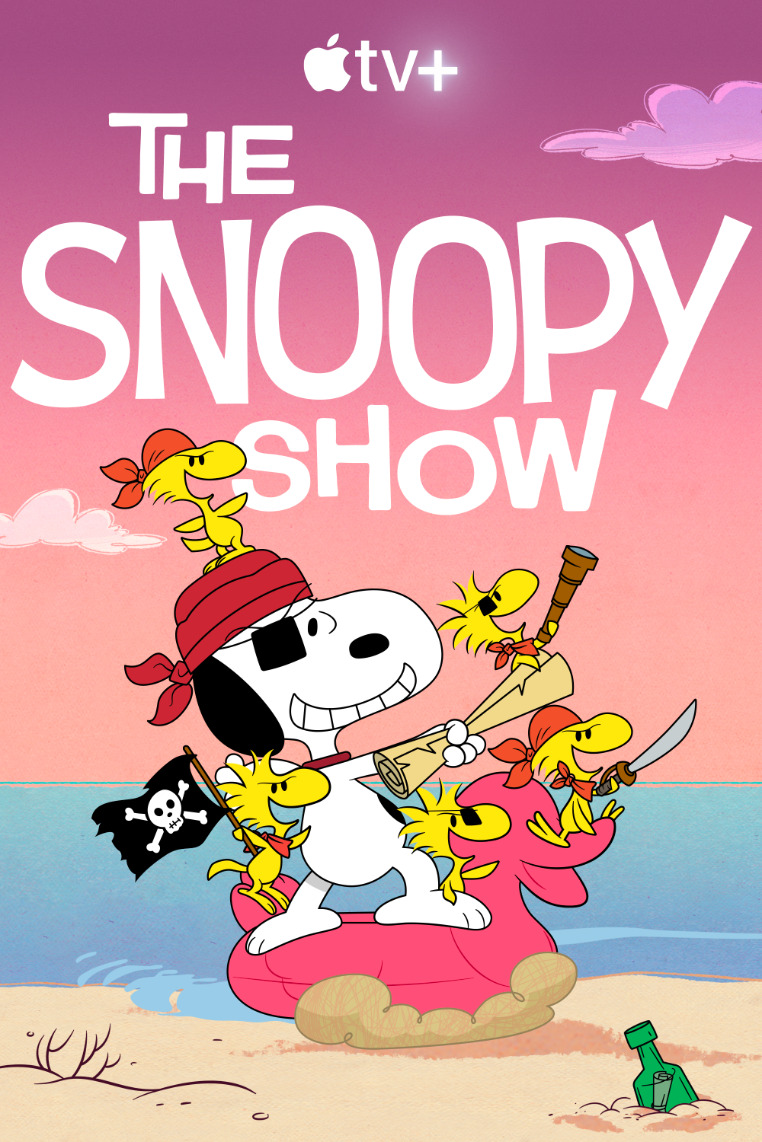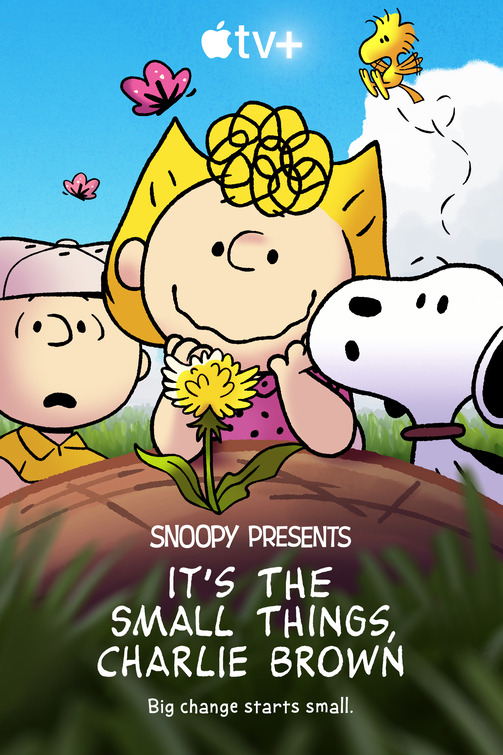
By Gavin Boyle
Since 2007, Netflix and Hulu have been mainstay names in the streaming wars, but now that Hulu has fully merged with Disney+, there is no doubt who won the fight.
“Today we are announcing a major step forward in strengthening our streaming offering by fully integrating Hulu into Disney+. This will create an impressive package of entertainment, pairing the highest-caliber brands and franchises, great general entertainment, family programming, news and industry-leading live sports content in a single app,” Disney CEO Bob Iger and CFO Hugh Johnston announced in August.
“By creating a truly differentiated streaming offering, we will be providing subscribers tremendous choice, convenience, quality, and enhanced personalization. This will enhance our ability to continue to grow profitability and margins in our entertainment streaming business through expected higher engagement, lower churn, and advertising revenue potential, as well as operational efficiencies that over time may result in savings that we can reinvest back into the business,” the statement continued.
At the time of the announcement, the company gave no insight on when this rollover would take place. Now we know it will be finalized by the end of next year.
Related: Here’s When Hulu Will Fully Integrate With Disney+
Disney+ Sets Date for Hulu to Replace Star as Its Global Entertainment Brand, Adding New Integrated Features Ahead of Hulu App Phaseout in 2026 https://t.co/dWJCJWMybj
— Variety (@Variety) October 2, 2025
While the Hulu brand will remain as it merges with Disney+, the loss of its standalone service marks a monumental shift in the world of streaming, especially in relation to its longstanding rivalry with Netflix. It also suggests that Netflix’s approach to streaming may be the superior strategy.
When Netflix launched in January of 2007, it mainly digitized its library of older TV shows and movies that it had been sending to its subscribers through the mail for years. Meanwhile, when Hulu launched later that year, it focused on providing access to TV shows that were still in the process of being created; this eventually turned into the next-day streaming model that most streamers linked to broadcast networks follow. Hulu was so integrated with the current season of TV that it eventually added live TV to its platform along with live sports.
Netflix, meanwhile, has focused on price-effective licensing along with original shows to keep viewers hooked, rather than doling out millions of dollars to compete in the live sports and cable TV ecosystems.
The biggest difference between the two platforms, however, was the audience they chose to focus on. Netflix made a bet on all audiences and has been particularly aggressive in the family market in recent years, signing major deals with IP like COCOMELON and BLIPPI. Meanwhile, Hulu has exclusively focused on adult content. In fact, its integration onto Disney+ is largely to diversify both platforms’ portfolios to include children and adult content.
As Netflix sits at roughly 310 million subscribers while Hulu has only 55 million, it is clear who the winner and loser is. The integration of Hulu into Disney+ makes it only more clear that Netflix has defeated its longest rival and is set to take on the next challengers as Disney and Warner Bros. fight to take their piece of the streaming pie through Disney+ and HBO Max.
Netflix’s biggest rival, however, is YouTube which has now been quietly dominating the streaming wars for year.
Read Next: 2 Billion People Watch YouTube a Month
Questions or comments? Please write to us here.


 - Content:
- Content: 

